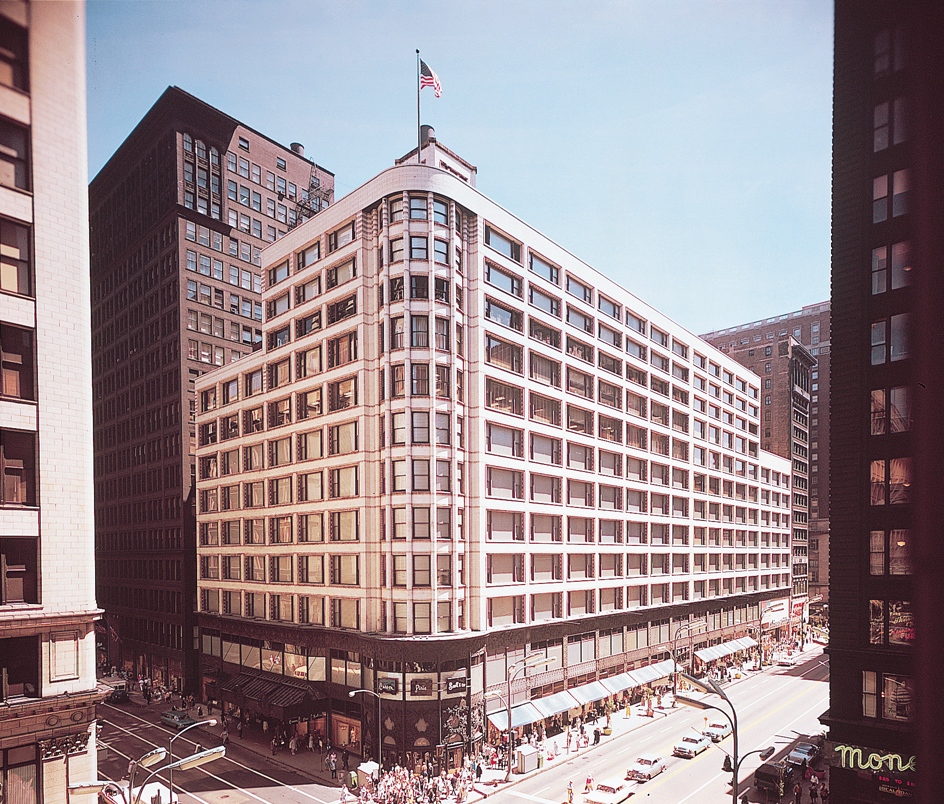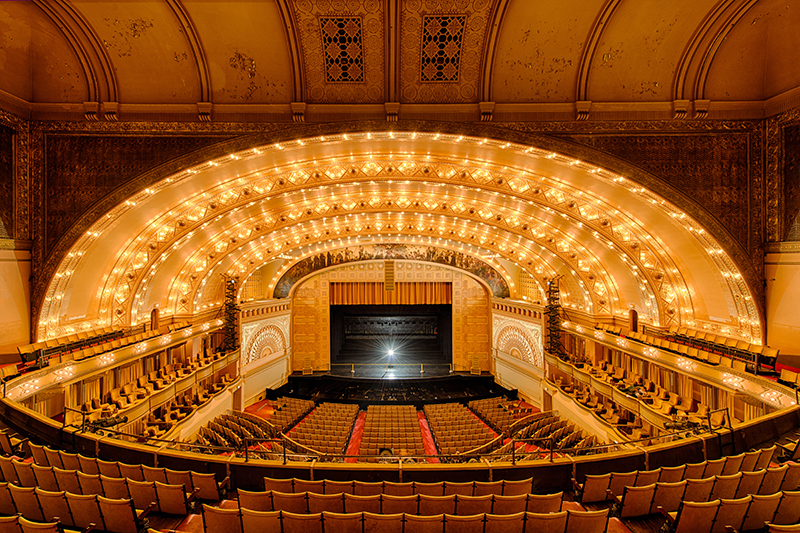Sullivan, Louis Henri (1856-1924), was one of the greatest American architects. Sullivan’s influence comes from the quality and originality of his designs and his perceptive writings on architectural theory. He was a leader in the Chicago School of architecture. The architect Frank Lloyd Wright worked briefly for Sullivan and credited him with enormous influence.

More than any other American architect of the 1800’s, Sullivan united the major threads of architecture and engineering with broad theories of nature and social change. Sullivan considered the creation of a building more than a problem of design, a solution of practical needs, or the development of a structural scheme. To him, a building was the expression of a view of humanity, nature, and society. He used ornament, design, utility, and structure to express his philosophy. Sullivan popularized the phrase “form follows function.” He argued that function meant more than satisfying practical needs or arriving at a logical structure. Sullivan declared that a building should be organic—that is, it should express a person’s view of nature and society in the broadest sense. He intended his architecture as a fulfillment of the American spirit of progress and democracy.
Sullivan was born on Sept. 3, 1856, in Boston. From 1873 to 1875, he studied architecture in Philadelphia, Chicago, and Paris. He finally settled in Chicago and joined the firm of Dankmar Adler in 1879. He became a full partner in 1881. Sullivan and Adler seem to have had an ideal relationship. Sullivan was responsible for designing buildings, and Adler concentrated on solving engineering problems and obtaining clients. Their Chicago Auditorium Building (1889) is considered Sullivan’s first original design. Sullivan also designed the Wainwright Building (1891) in St. Louis. It was one of the first buildings to clearly express the vertical thrust of a skyscraper. In a later skyscraper, the Guaranty Building (1895) in Buffalo, New York, the vertical forces were expressed in ornamental details as a giant vine that climbs over the top cornice. The building is also known as the Prudential Building.


Sullivan and Adler separated in 1895, and Sullivan’s business success as an architect declined rapidly. After about 1900, he was able to get only a few commissions for small Midwestern banks and office buildings. These buildings rank among Sullivan’s finest creations. During his later years, Sullivan concentrated much of his effort on writing. His most notable works include Kindergarten Chats (1901-1902, revised in 1918) and The Autobiography of an Idea (1924). He died on April 14, 1924.
See also Architecture (Early modern architecture in America).
